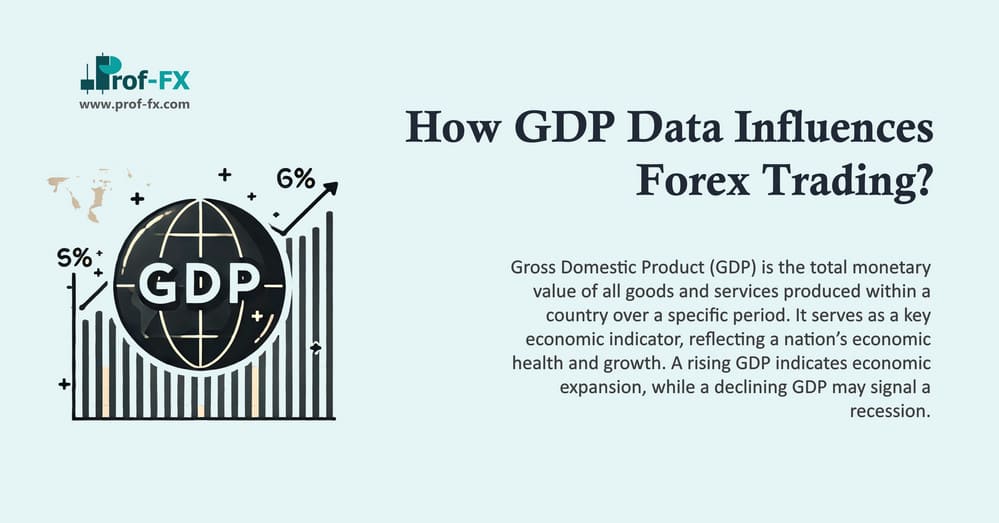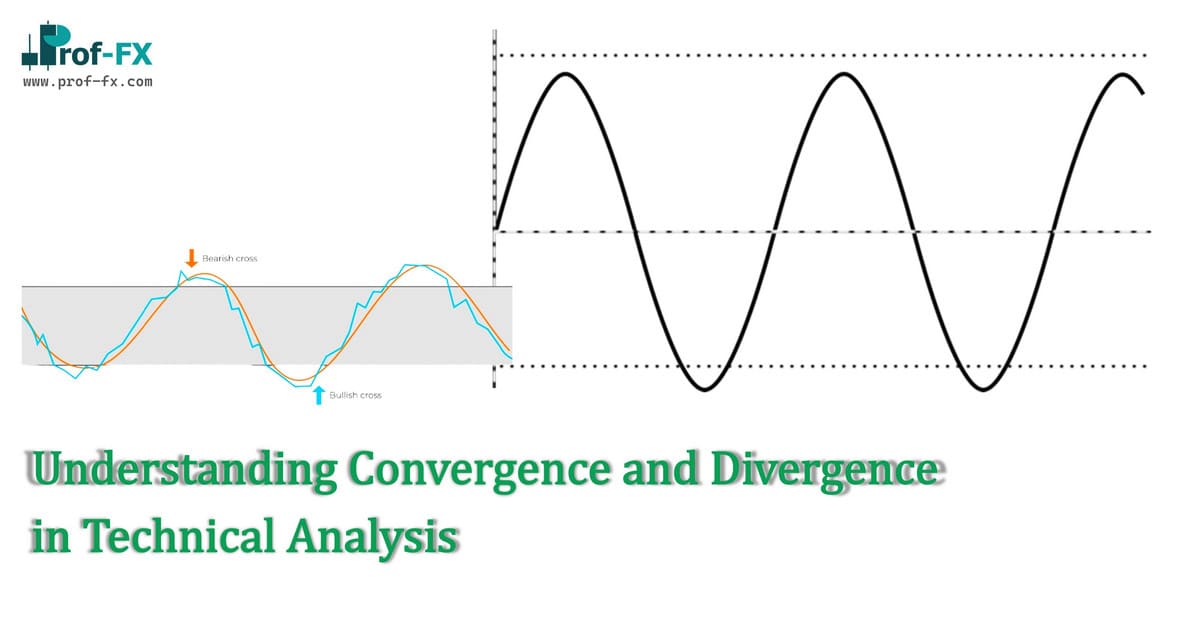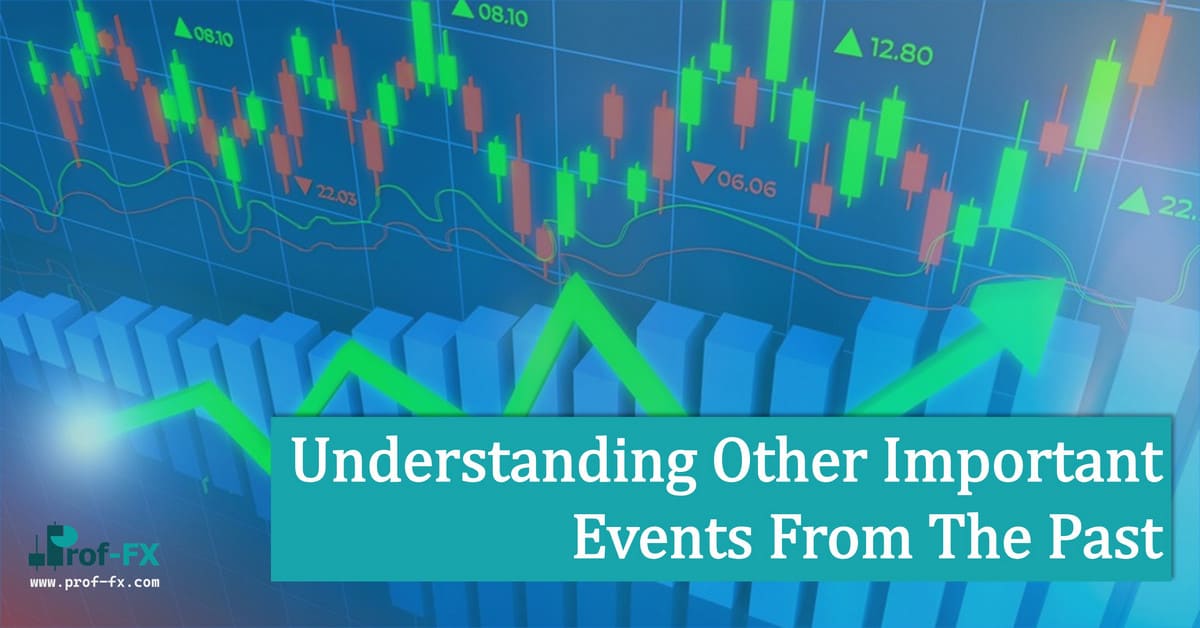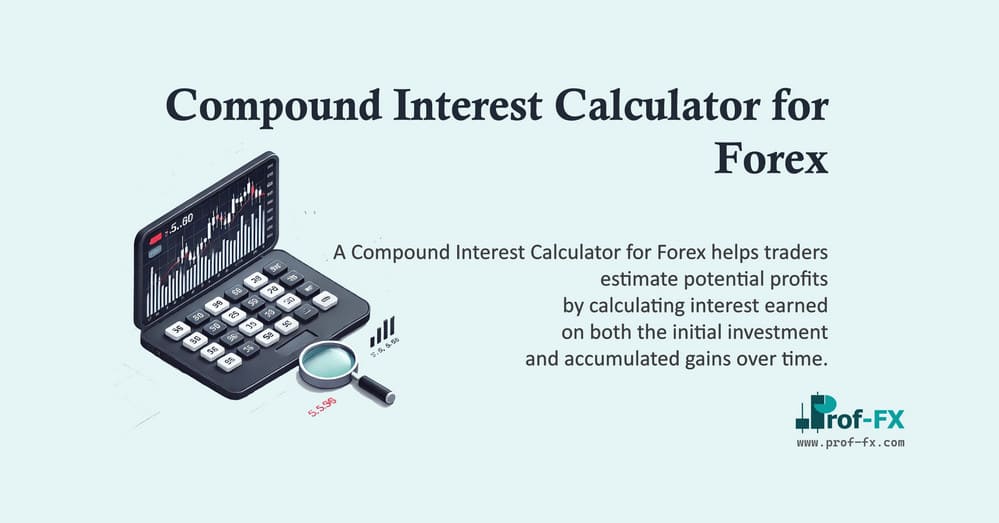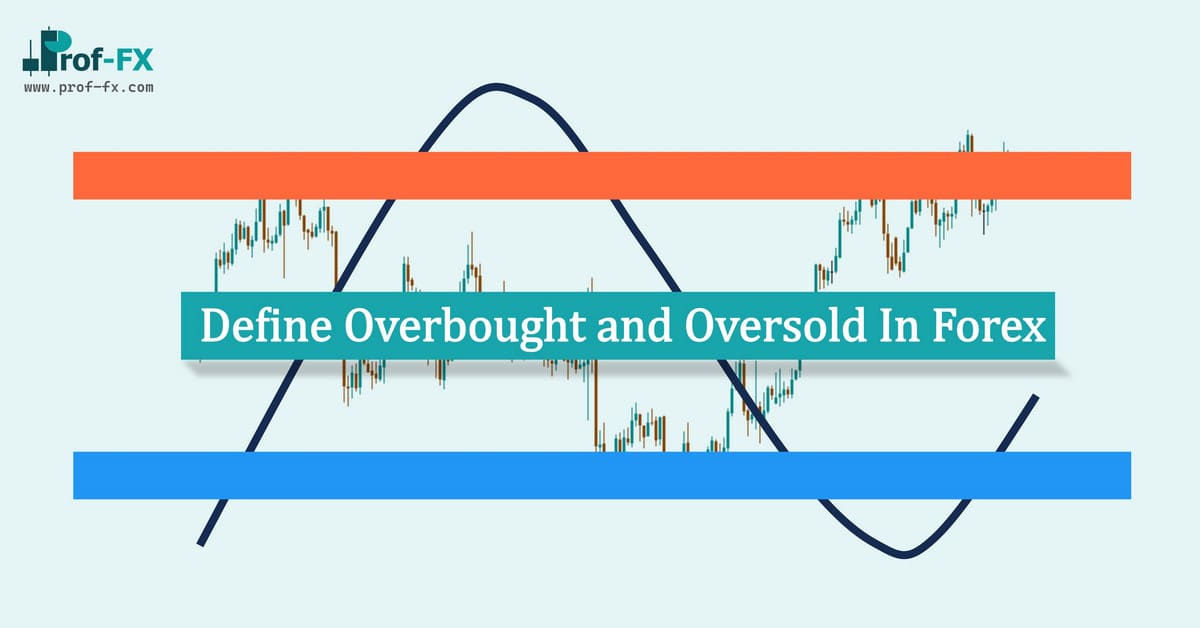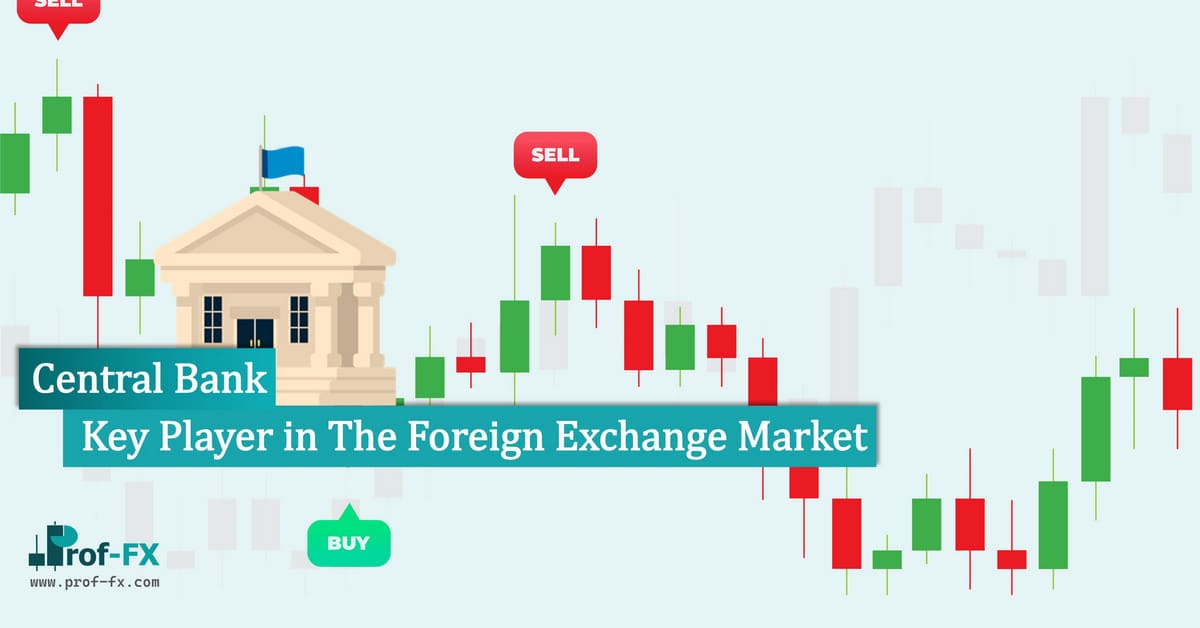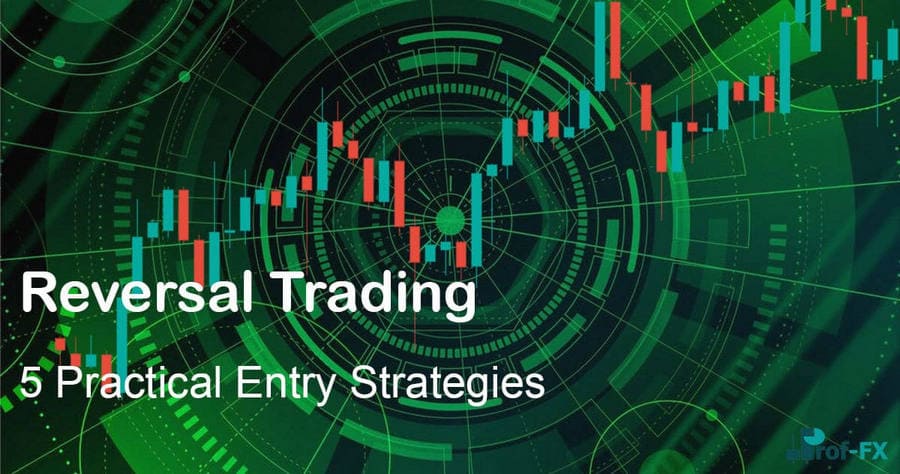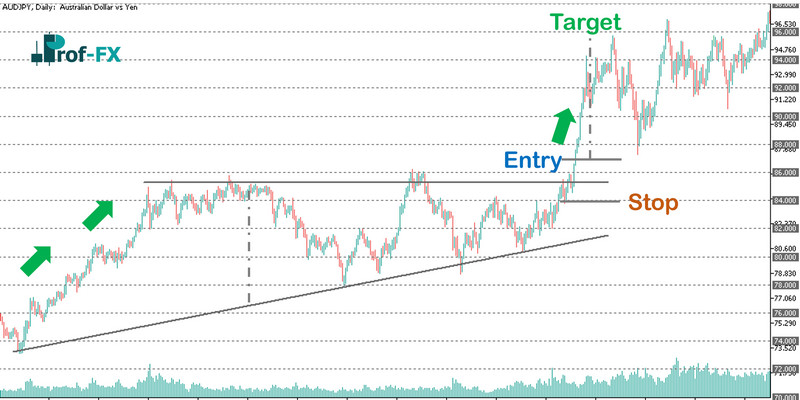Gross Domestic Product (GDP) is one of the most critical economic indicators in the forex market. For forex traders, understanding GDP and its implications can provide valuable insights into a country’s economic health and potential currency movements. This guide will explore the relationship between GDP and forex trading, offering practical tips for traders to make informed decisions.
What is GDP and Why Does It Matter in Forex Trading?
GDP, or Gross Domestic Product, measures the total value of goods and services produced within a country’s borders over a specific period. Developed by economist Simon Kuznets in 1934, GDP is a cornerstone of economic analysis. It is typically measured monthly, quarterly, and annually, providing a comprehensive snapshot of a nation’s economic performance.
In the forex market, GDP serves as a key indicator for fundamental analysts. It helps traders assess the strength or weakness of an economy, which directly impacts currency values. When GDP data is released, it often triggers significant market volatility, making it a crucial event for traders to monitor.
How GDP is Calculated: The Expenditure Approach
There are several methods to calculate GDP, but the most commonly used is the Expenditure Approach. This formula breaks down GDP into four components:
GDP = Consumption (C) + Investment (I) + Government Spending (G) + (Exports (X) – Imports (M))
This approach provides a clear picture of how different sectors contribute to economic growth. For forex traders, understanding these components can help predict future GDP trends and their potential impact on currency pairs.
The Relationship Between GDP and Currency Movements
GDP data can significantly influence currency values. Here’s how:
1. Higher-than-Expected GDP: When a country’s GDP exceeds market expectations, it often strengthens the domestic currency. For example, if the U.S. GDP beats forecasts, the USD may appreciate against other currencies like the EUR.
2. Lower-than-Expected GDP: Conversely, a weaker-than-expected GDP reading can lead to a sell-off of the domestic currency. For instance, if U.S. GDP falls short of estimates, the USD may depreciate against the EUR.
However, it’s important to note that GDP reports don’t always have a predictable effect on currencies. Sometimes, the market may have already priced in the GDP figures, leading to muted reactions. Traders should also consider related economic data, such as ISM and PPI reports, to gain a more comprehensive view.
GDP, Inflation, and Interest Rates: The Interconnected Trio
GDP growth is closely tied to inflation and interest rates, which are critical factors for forex traders. Here’s how they interact:
Moderate GDP Growth (2.5%–3.5%): This range is often considered ideal for stable economic growth without triggering inflation. Central banks, like the Federal Reserve, may maintain moderate interest rates in such scenarios.
High GDP Growth (Above 6%): While strong GDP growth may seem positive, it can signal an overheating economy, leading to inflation. In response, central banks may raise interest rates to curb inflation and stabilize the economy.
Low or Negative GDP Growth: Two consecutive quarters of negative GDP growth indicate a recession. Central banks may lower interest rates to stimulate economic activity.
Forex traders closely monitor GDP data because it provides a “health report card” for a country’s economy. A strong GDP often leads to currency appreciation, while weak GDP can result in depreciation.
Trading Forex Using GDP Data: Key Strategies
1. Quarter-on-Quarter (QoQ) vs. Year-on-Year (YoY) Data: QoQ GDP figures can be volatile and may not reflect long-term trends. YoY data, on the other hand, offers a broader perspective, helping traders identify sustained economic trends.
2. Risk Management: Trading around GDP releases can be highly volatile. Traders should use sound risk management strategies, such as setting stop-loss orders, to protect their positions.
3. Combine GDP with Other Indicators: To make well-informed decisions, traders should analyze GDP alongside other economic indicators like CPI (Consumer Price Index) and employment data.
Top Tips for Forex Traders Using GDP Data
- Stay Informed: Keep an eye on economic calendars to track GDP release dates and other key data.
- Understand Market Expectations: Compare actual GDP figures with market forecasts to gauge potential market reactions.
- Practice Patience: Avoid rushing into trades immediately after GDP releases. Wait for the market to stabilize before making decisions.


